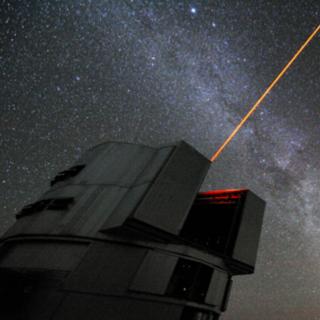Arroyo-Polonio, José María; Battaglia, Giuseppina; Thomas, Guillaume F.; Pascale, Raffaele; Tolstoy, Eline; Nipoti, Carlo
Bibliographical reference
Astronomy and Astrophysics
Advertised on:
12
2024
Journal
Citations
2
Refereed citations
0
Description
Aims. Recently, both the presence of multiple stellar chemo-kinematic components and rotation in the Sculptor dwarf spheroidal galaxy have been put into question. Therefore, we re-examine the chemo-kinematic properties of this galaxy, making use of the best spectroscopic dataset available containing both the line-of-sight velocities and metallicities of individual stars. Methods. We carried out a detailed, quantitative analysis on a recent spectroscopic dataset from the literature that contains high precision velocities and metallicities for 1339 members of Sculptor. In particular, we assessed whether Sculptor is best represented by a single stellar population with a negative metallicity gradient or by the super-position of two or more components with a different mean metallicity, spatial distribution, and kinematic properties. For this analysis, we also include the incompleteness of the spectroscopic dataset. Results. We find that Sculptor is better described by a two-population model than by a single-population model with a metallicity gradient. Moreover, given the assumptions of the current modeling, we find evidence of a third population, composed of few stars, that is more extended and metal-poor than the two other populations. This very metal-poor group of stars shows a shift of ~15 km s‑1 in its average line-of-sight velocity (vlos) with respect to the rest of the galaxy. We discuss several possible origins for this new population, finding a minor merger as the most likely one. We also find a vlos gradient of 4.0‑1.5+1.5 km s‑1 deg‑1 but its statistical evidence is inconclusive and, moreover, its detection is partially driven by the group of stars with off-set velocities.
Related projects

Galaxy Evolution in the Local Group
Galaxy formation and evolution is a fundamental Astrophysical problem. Its study requires “travelling back in time”, for which there are two complementary approaches. One is to analyse galaxy properties as a function of red-shift. Our team focuses on the other approach, called “Galactic Archaeology”. It is based on the determination of galaxy
Matteo
Monelli